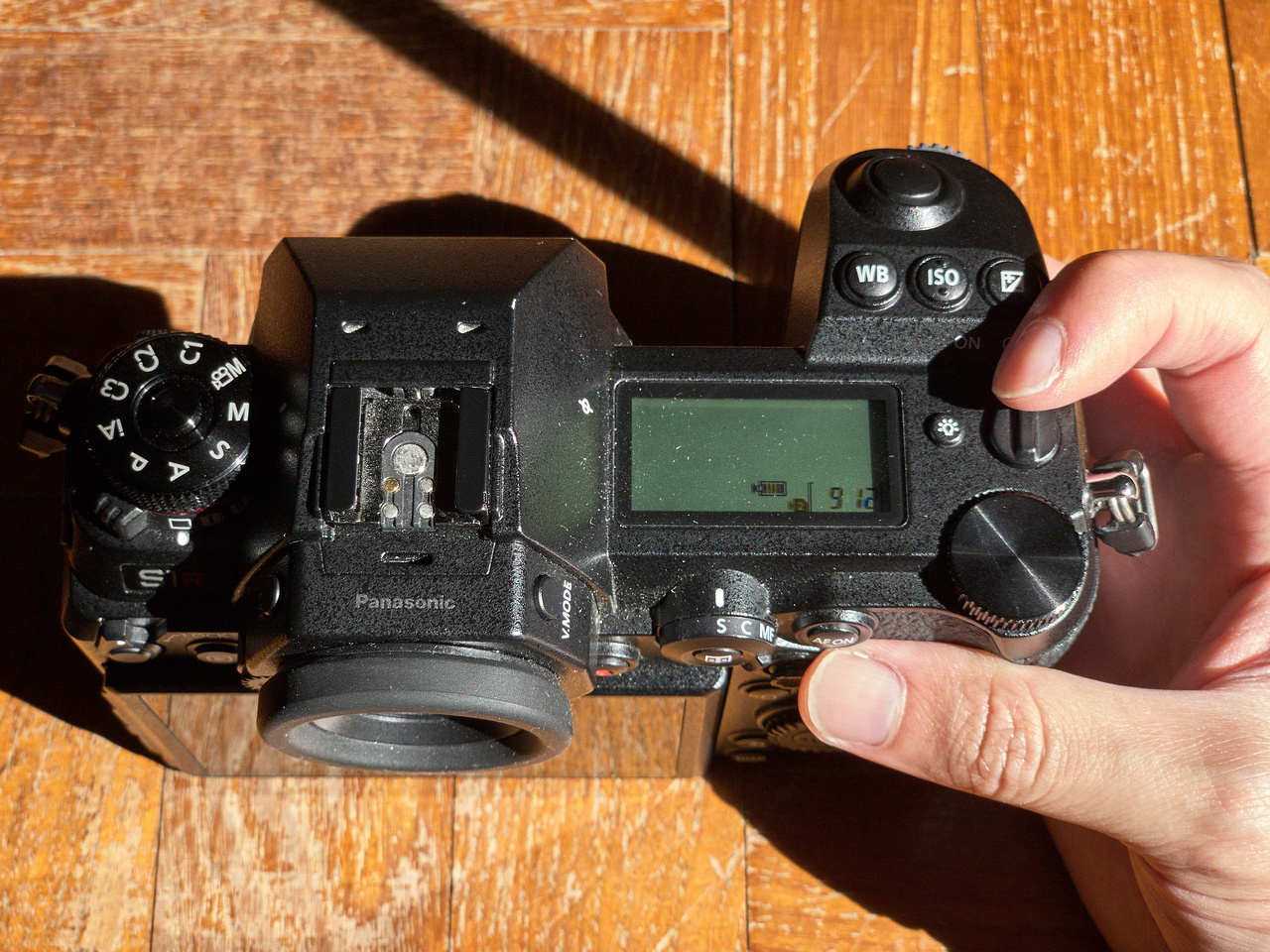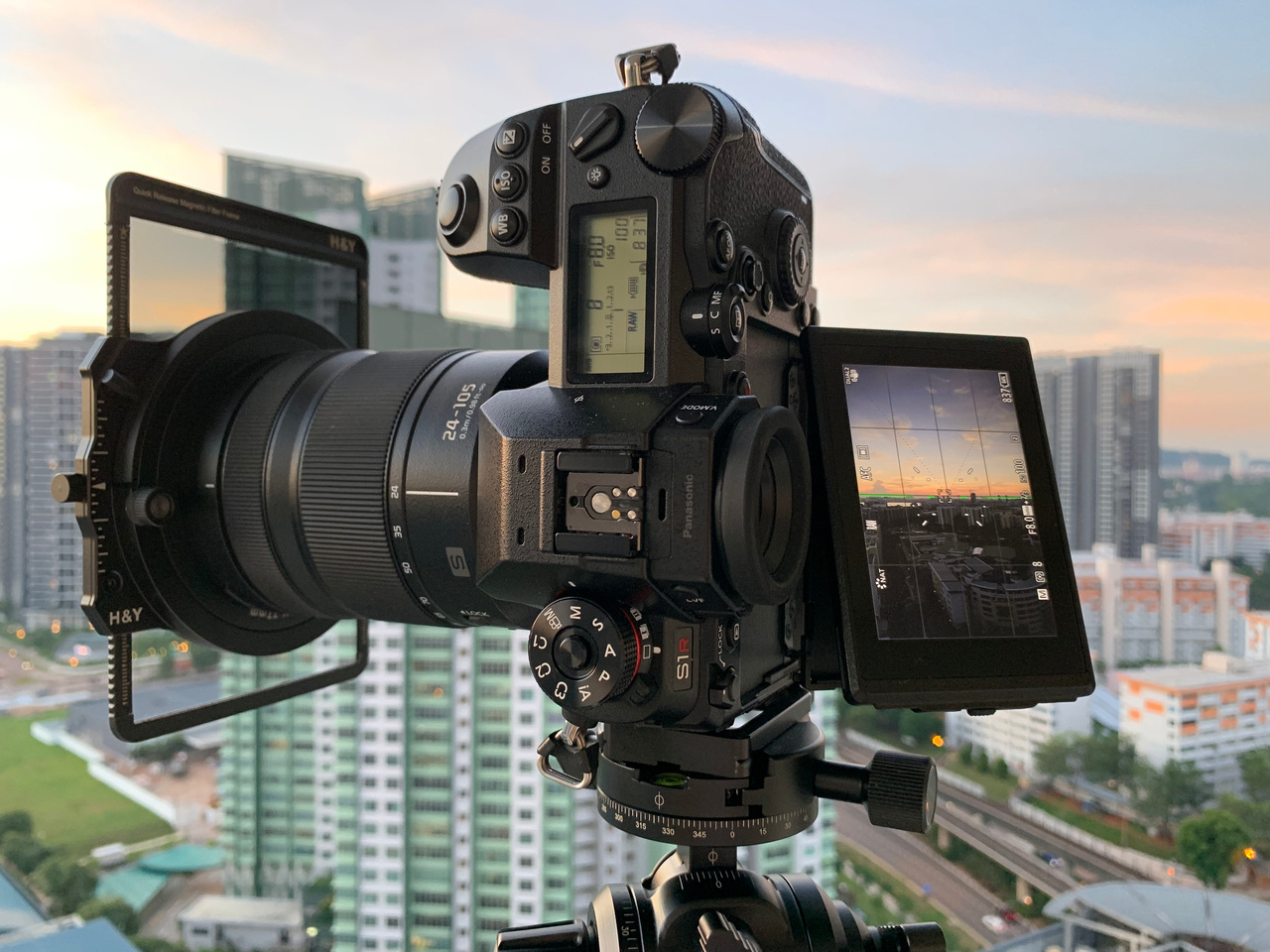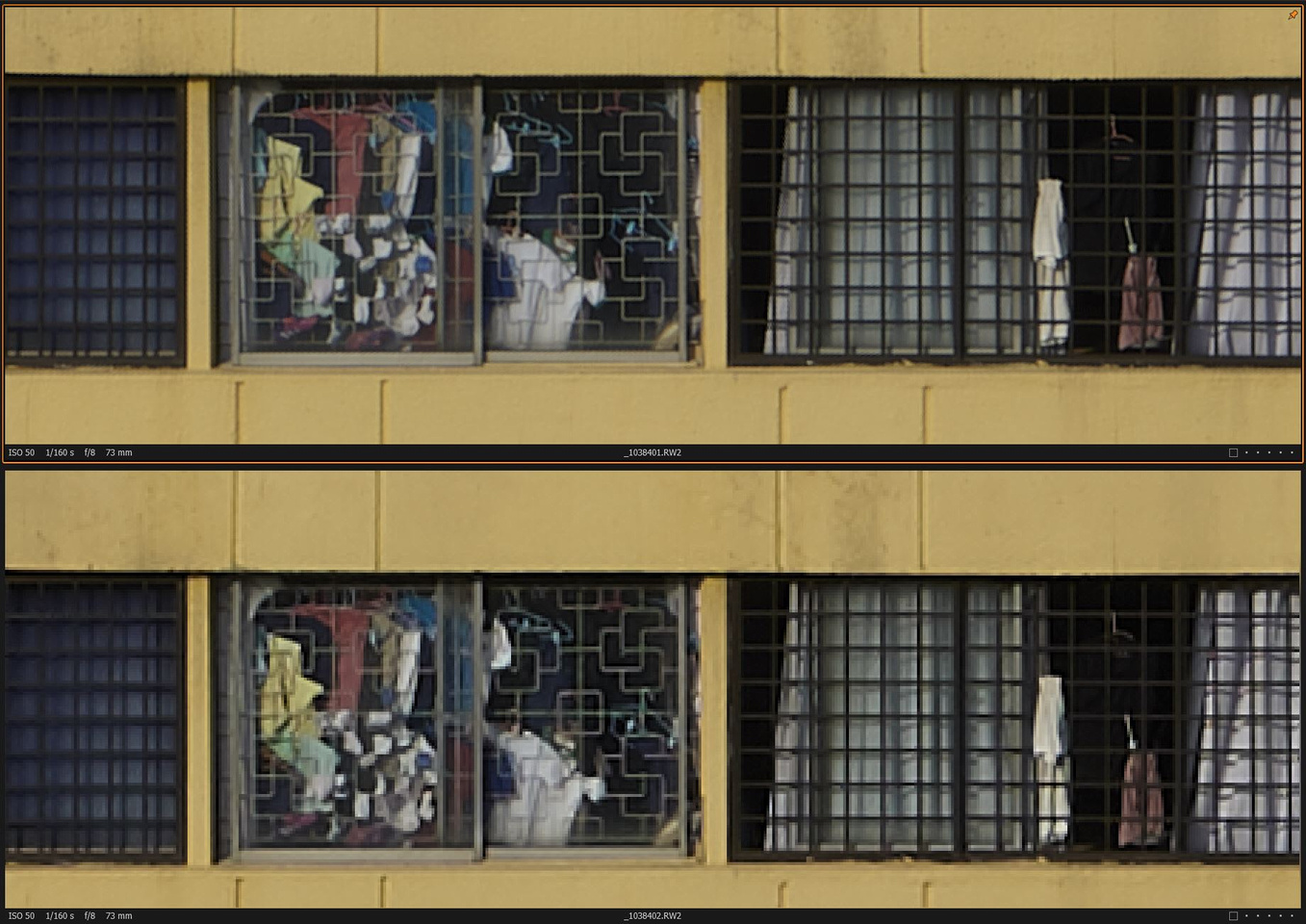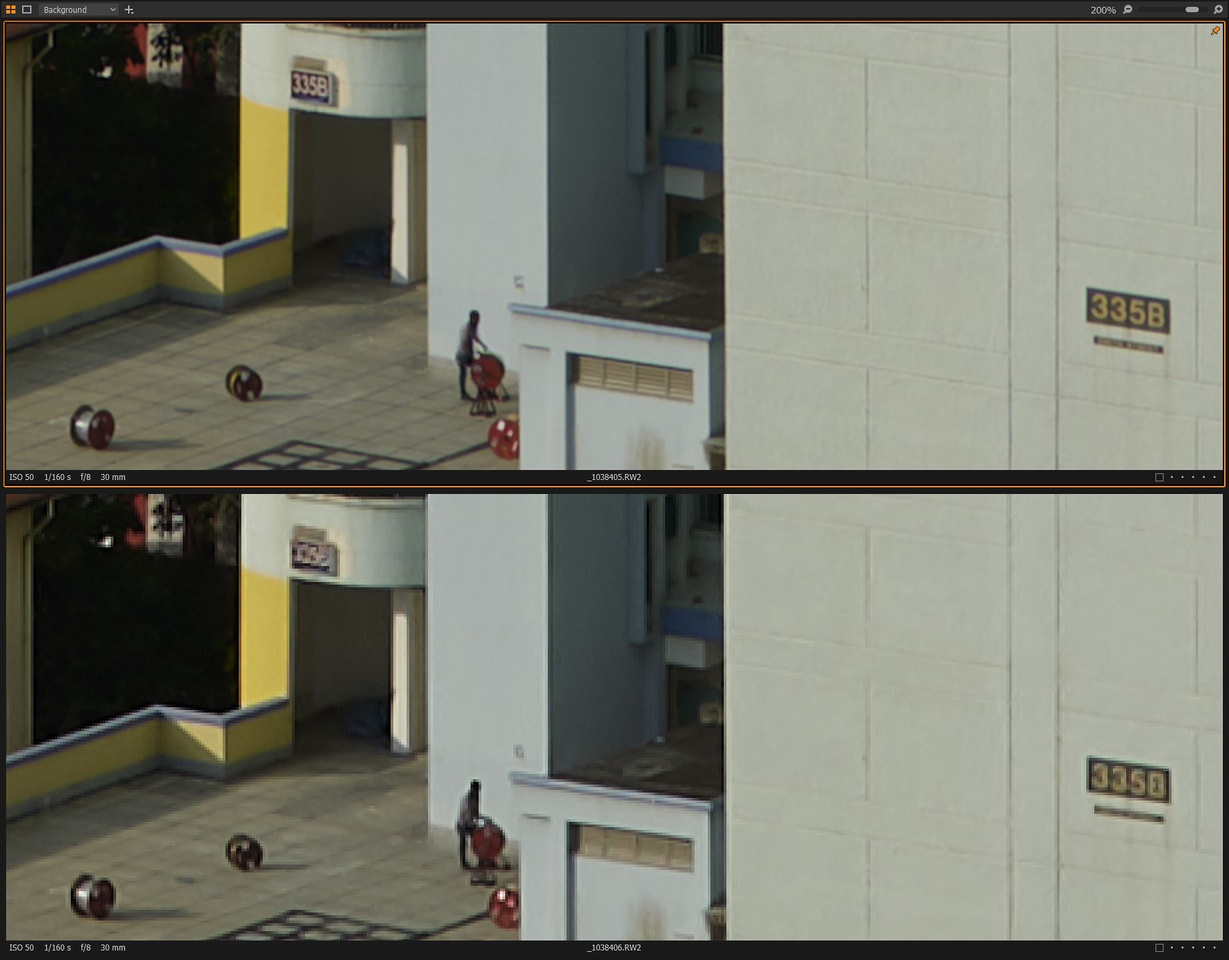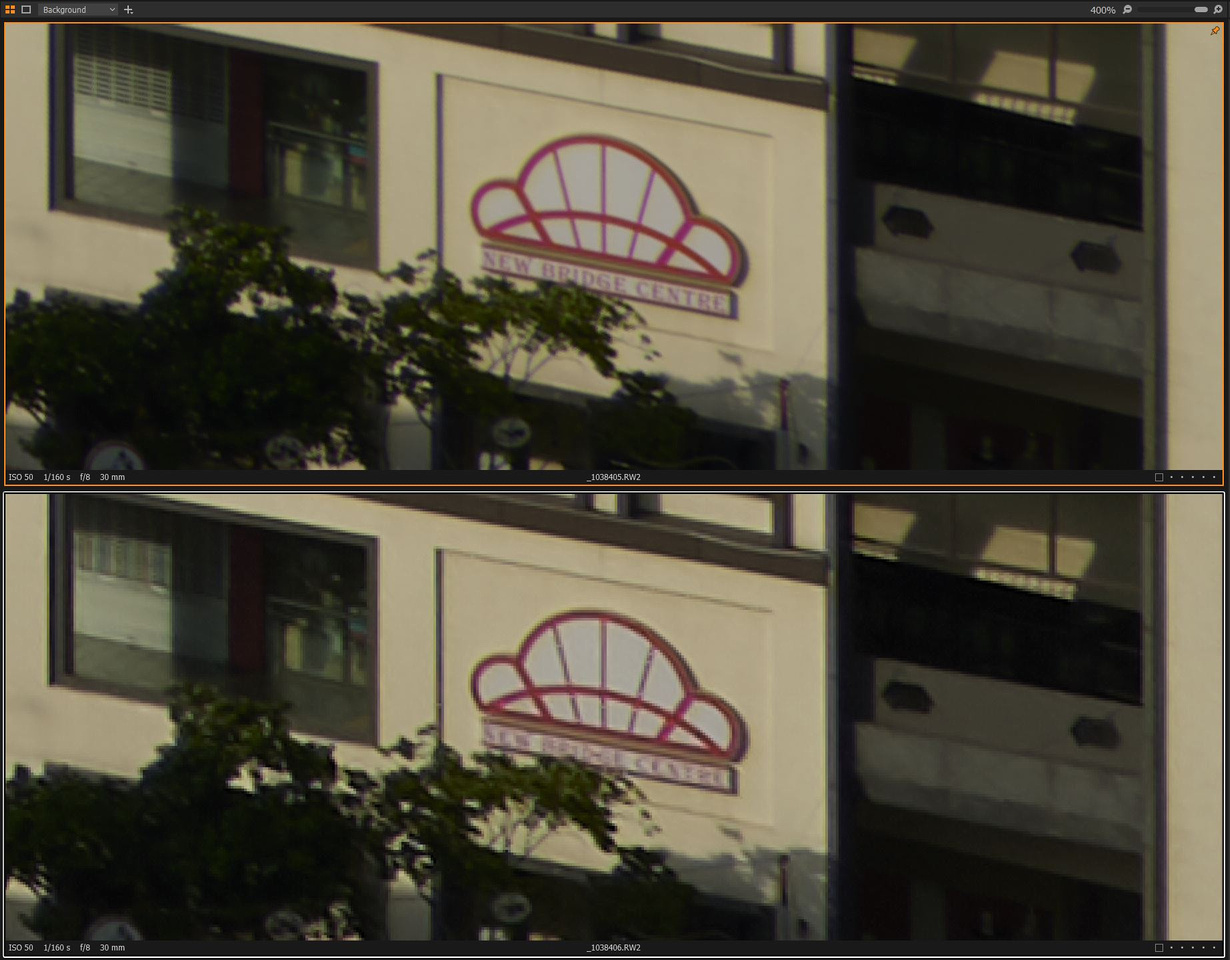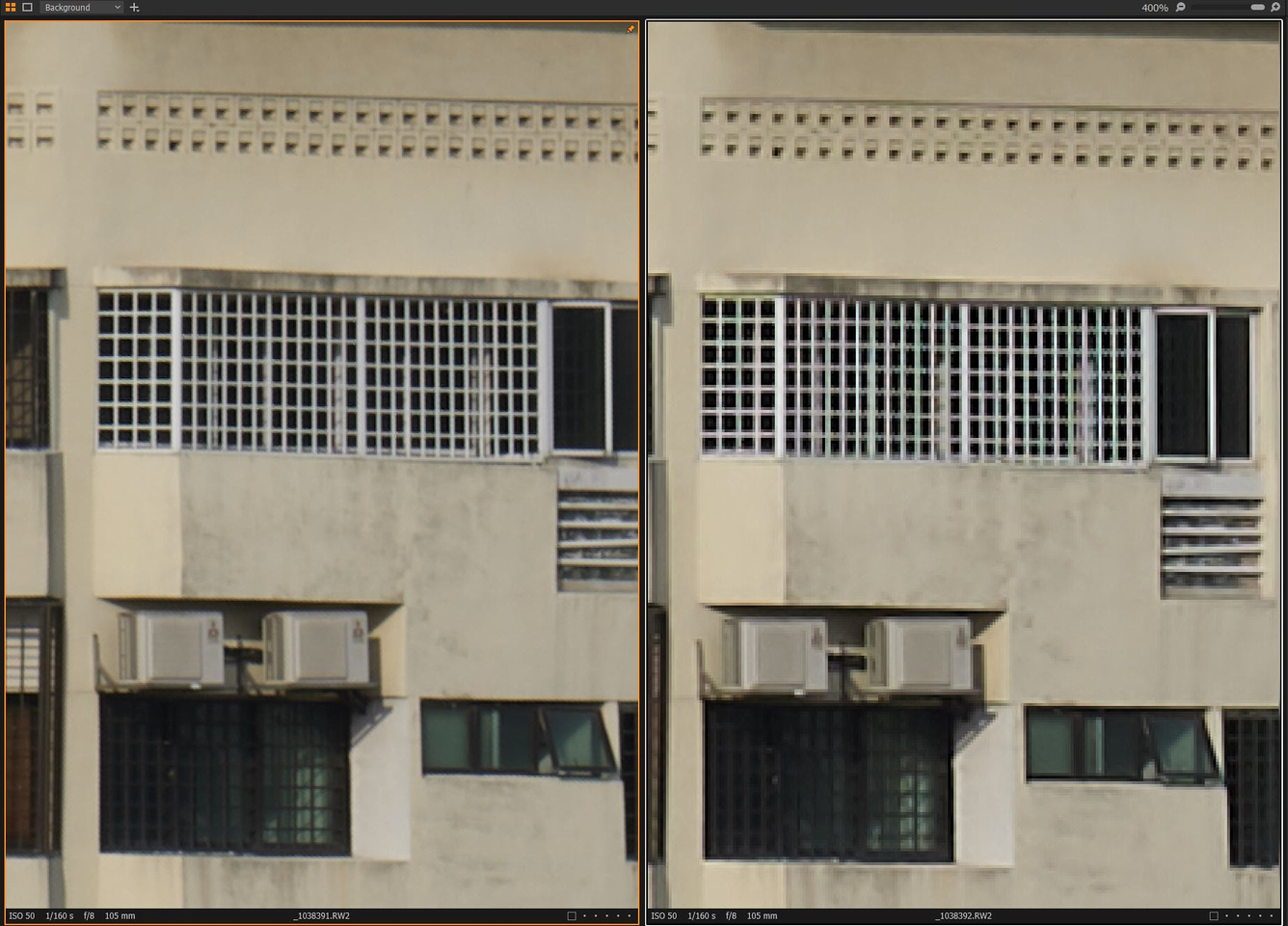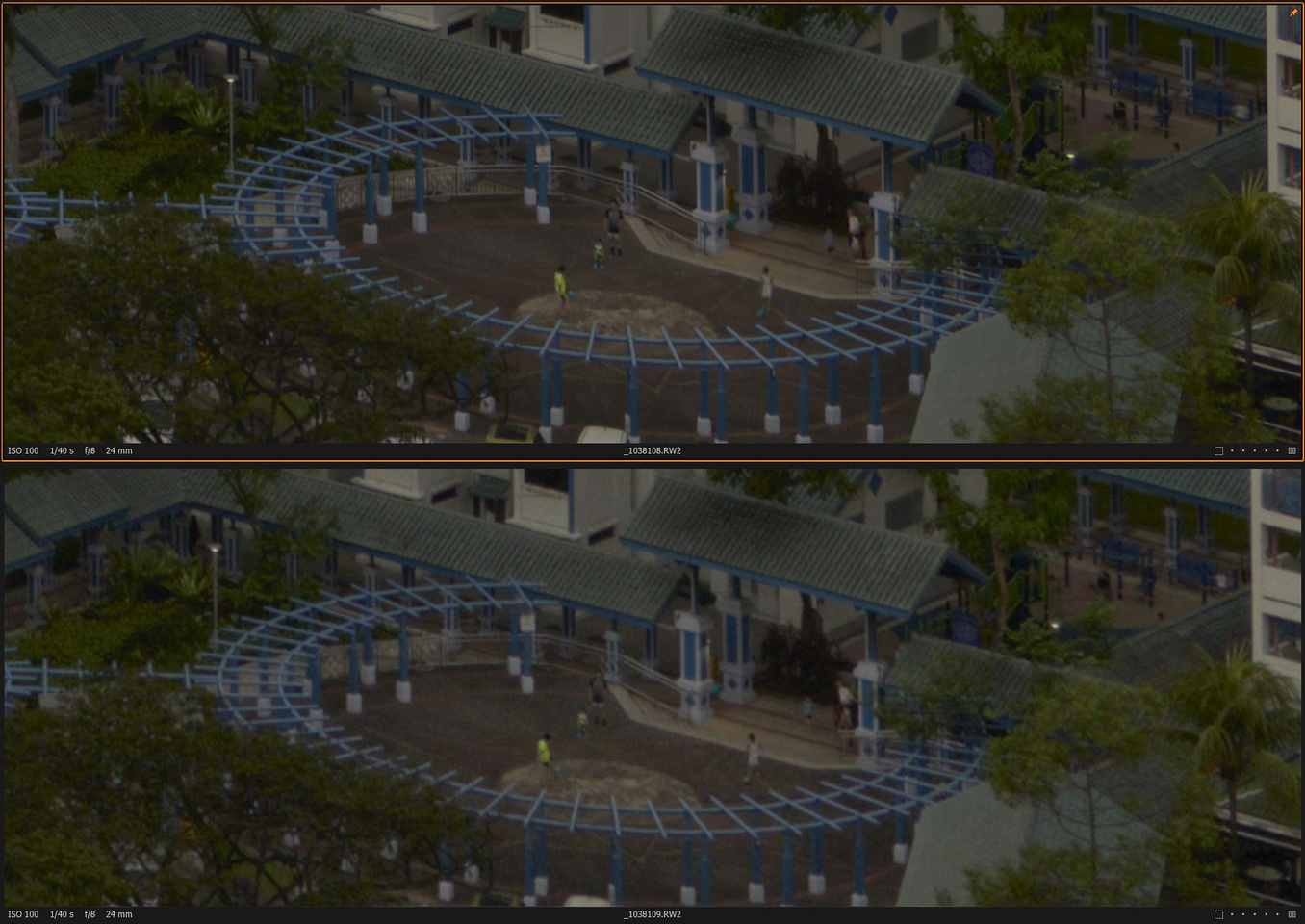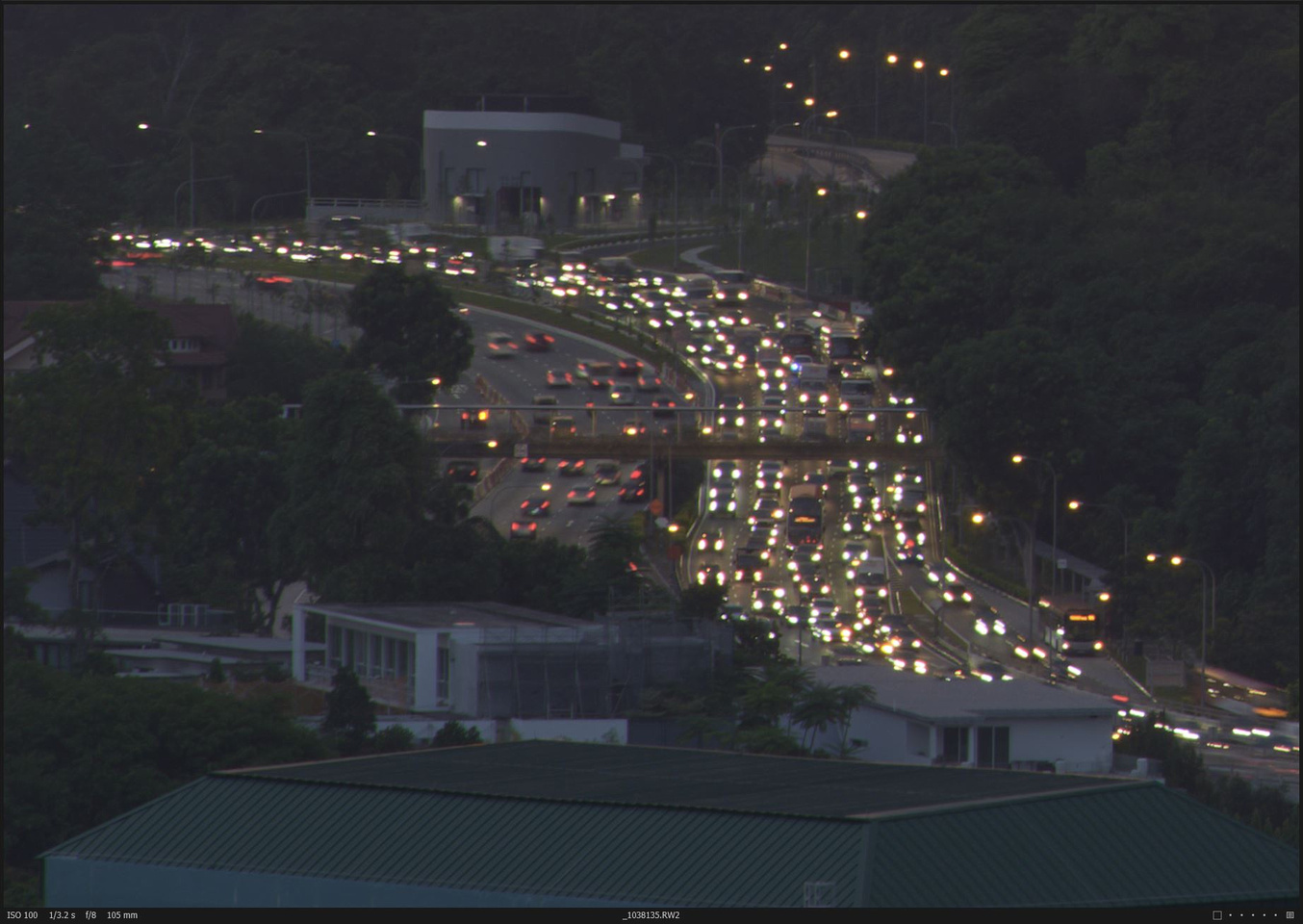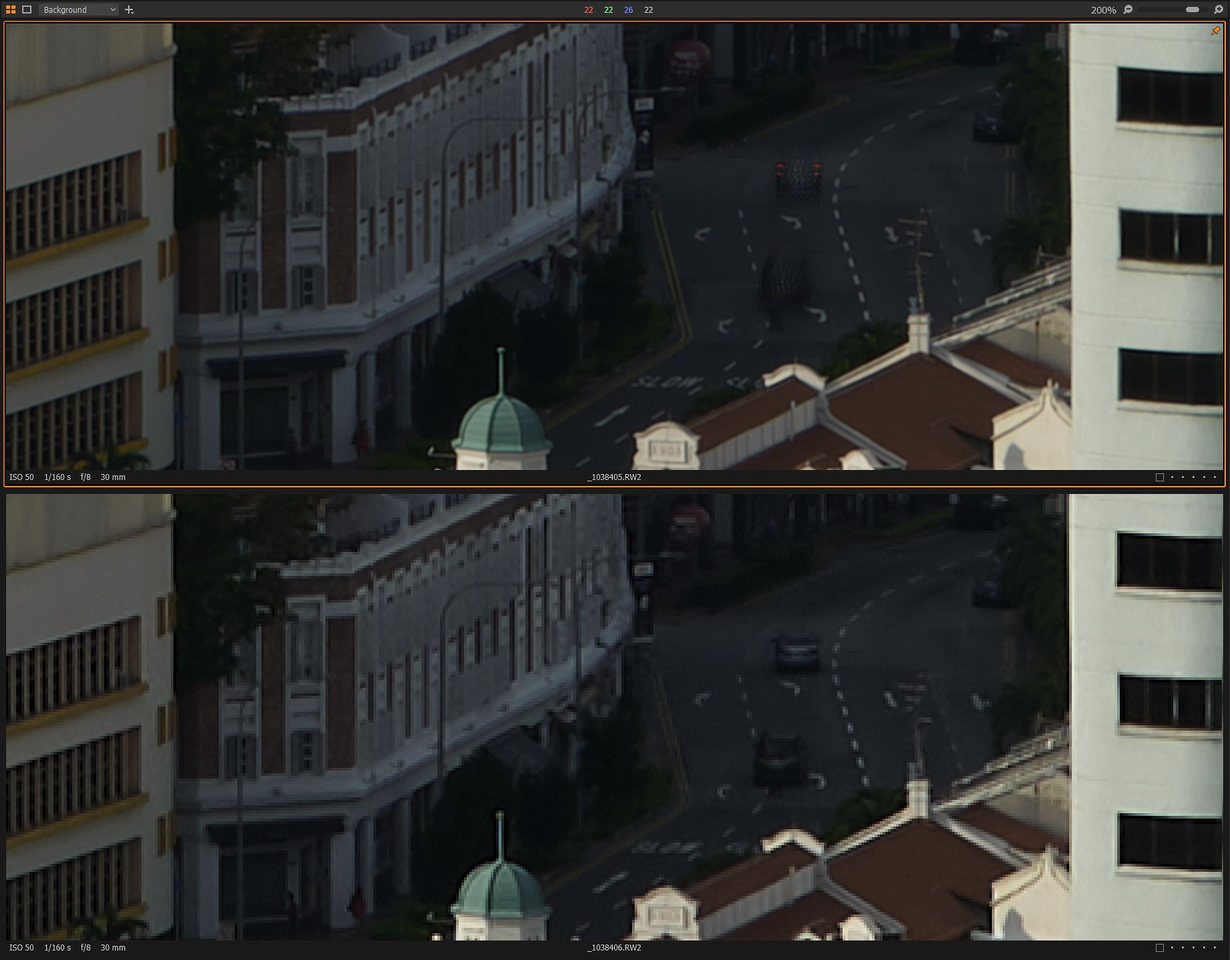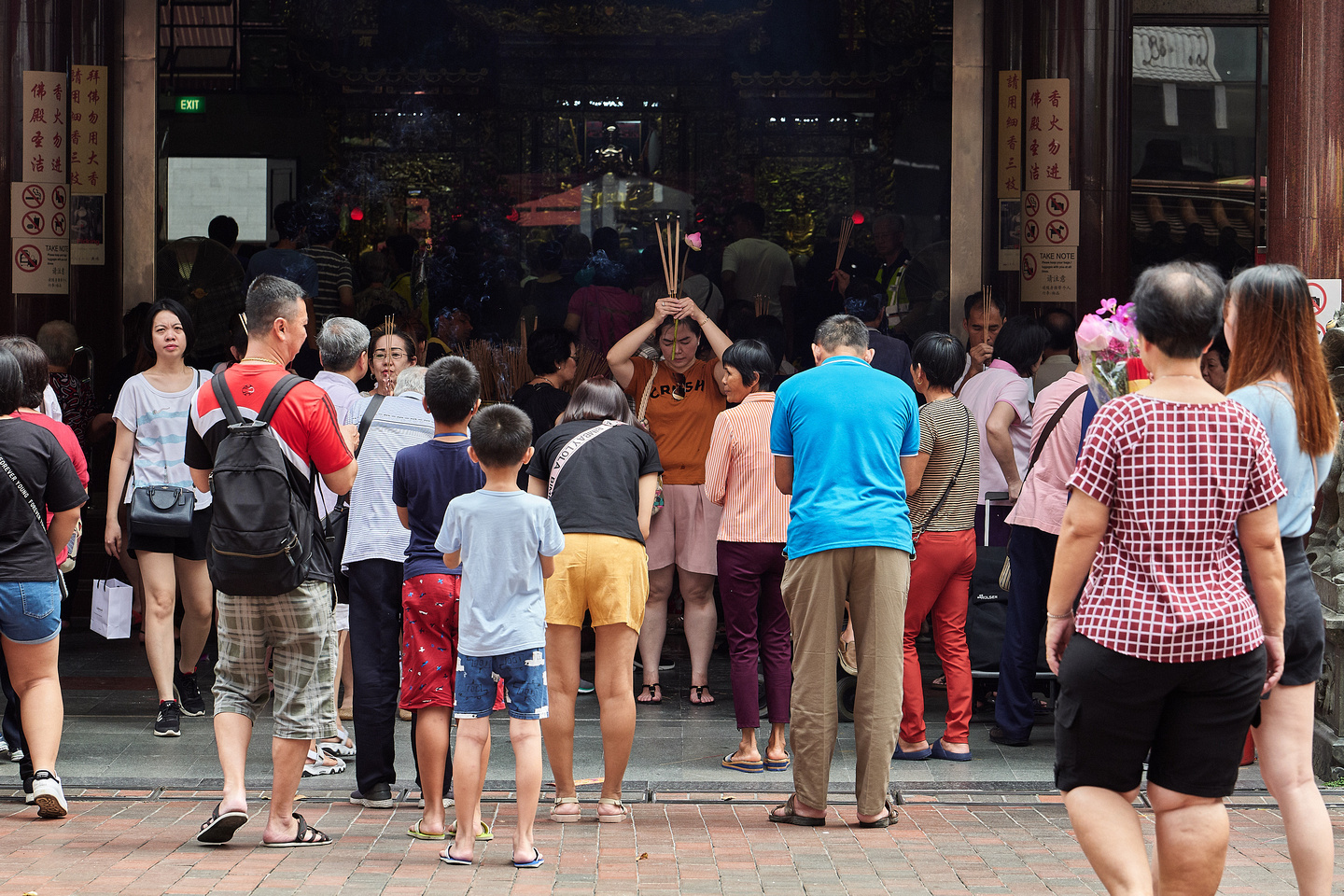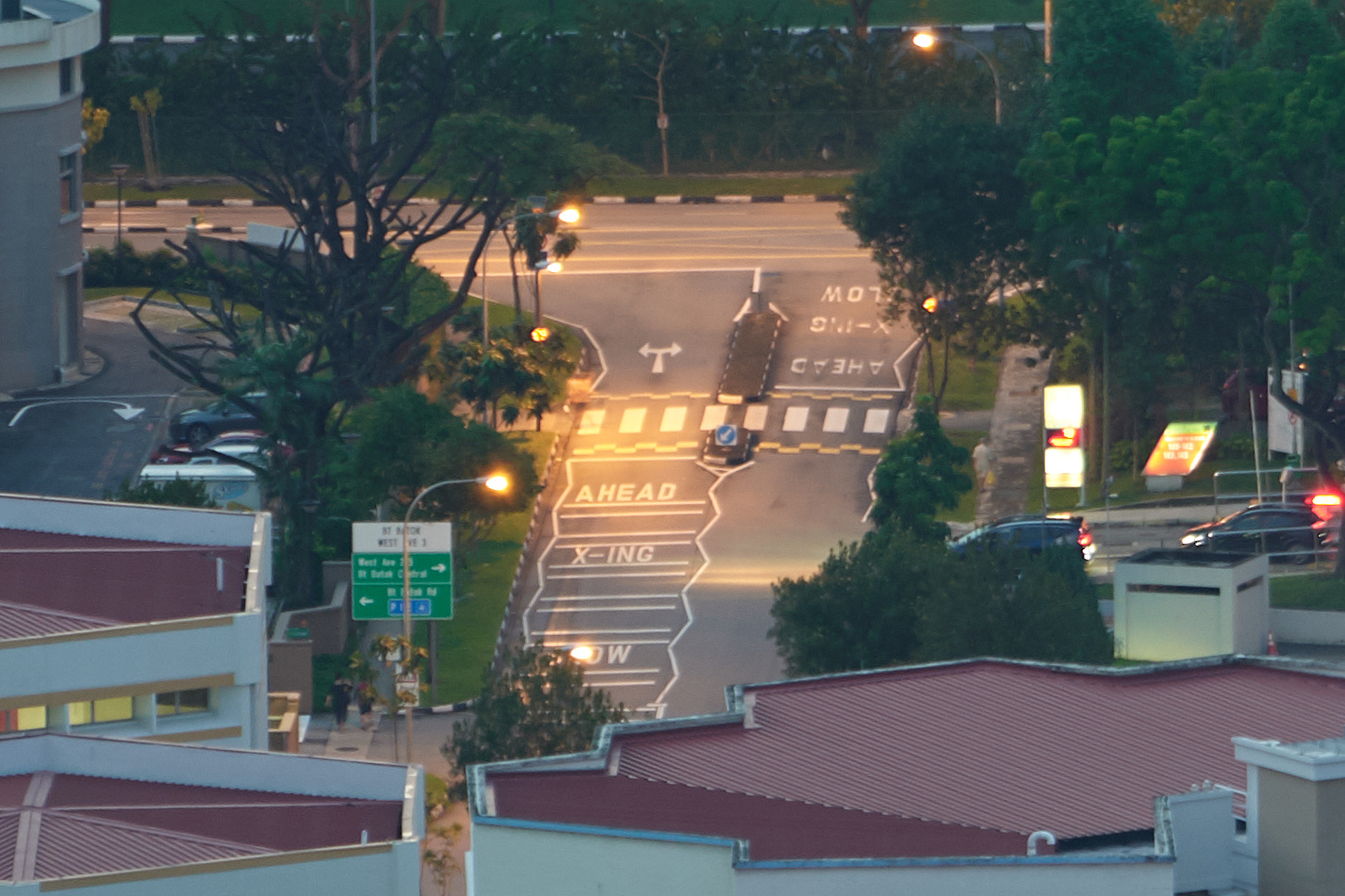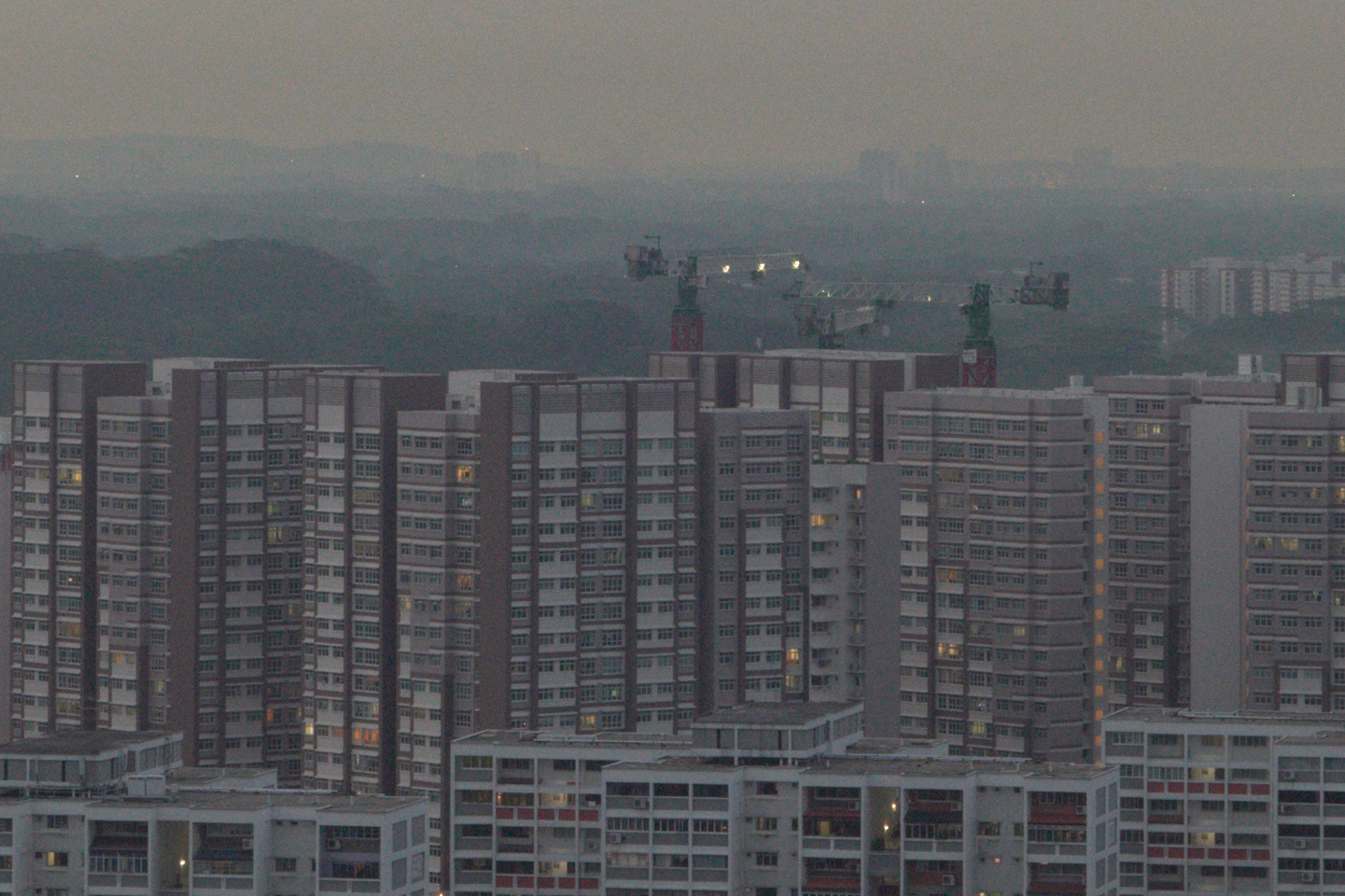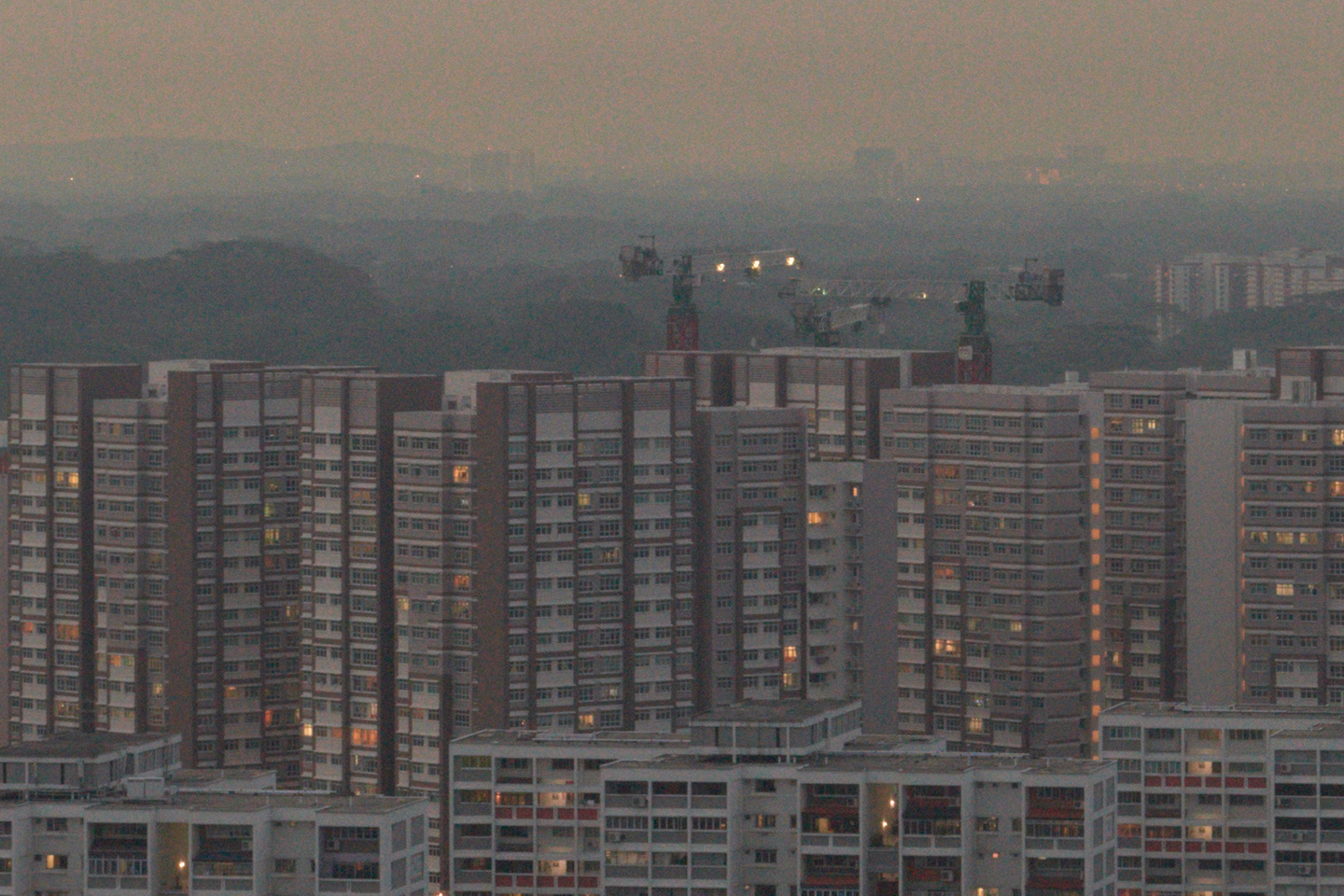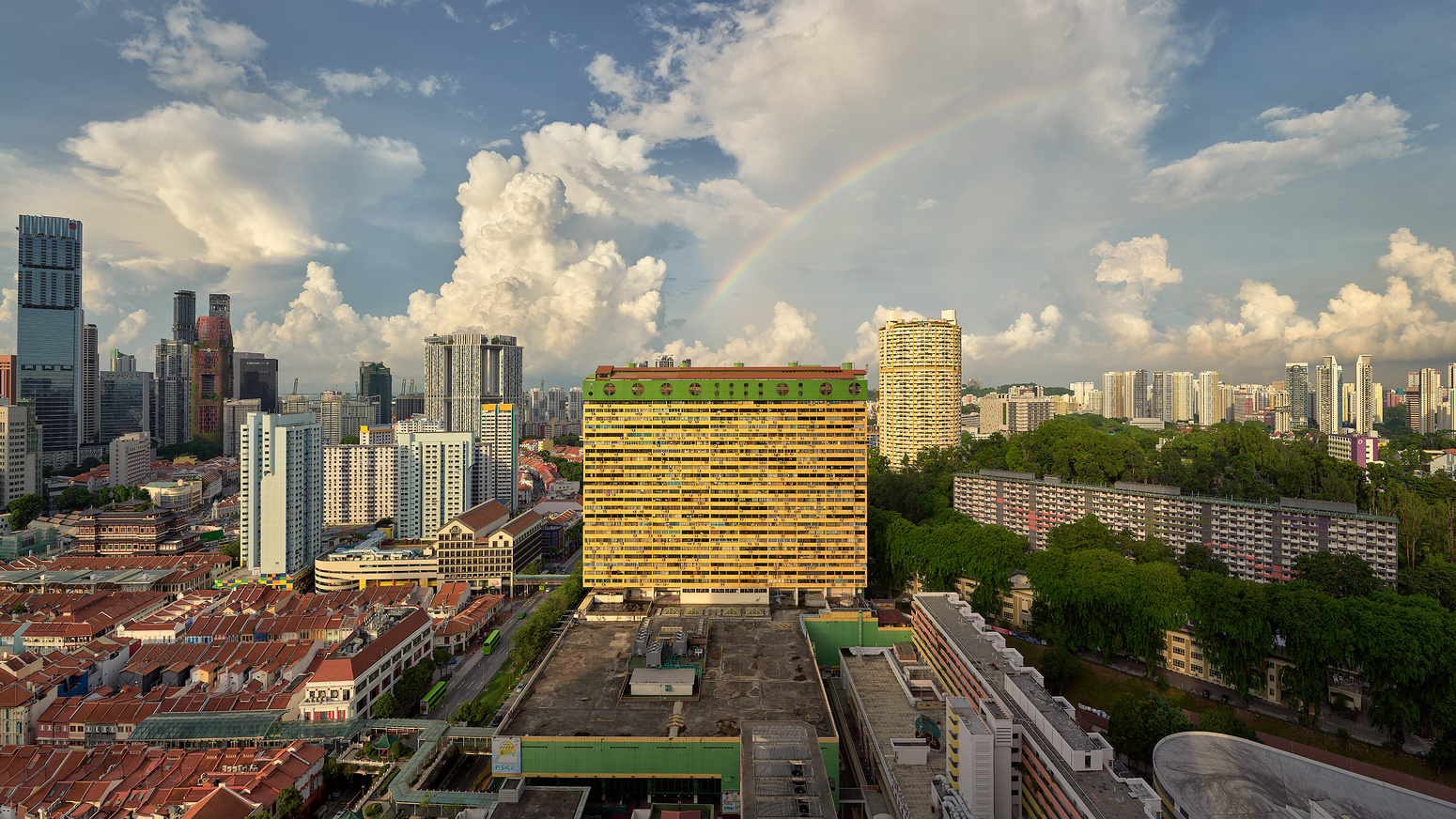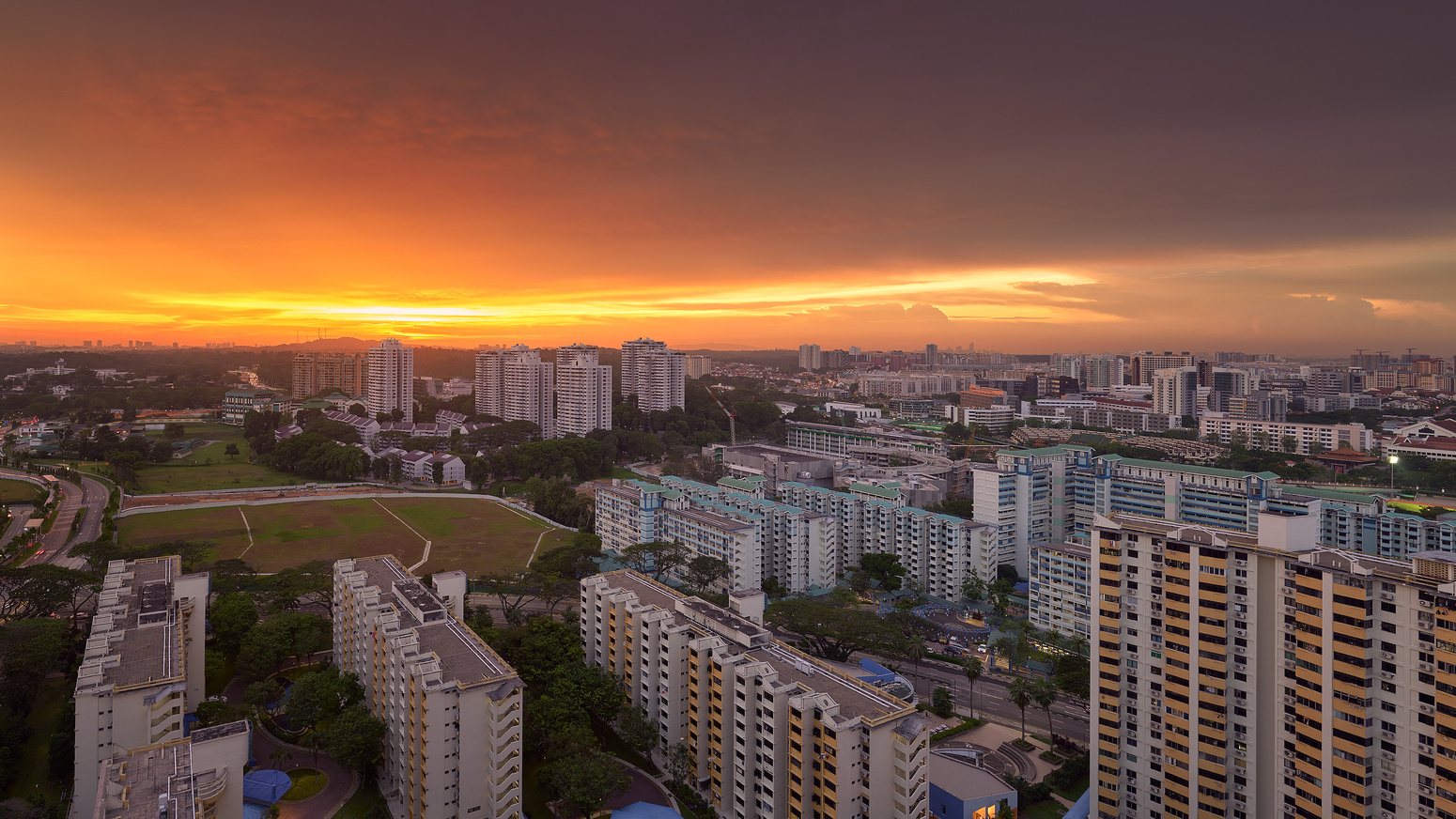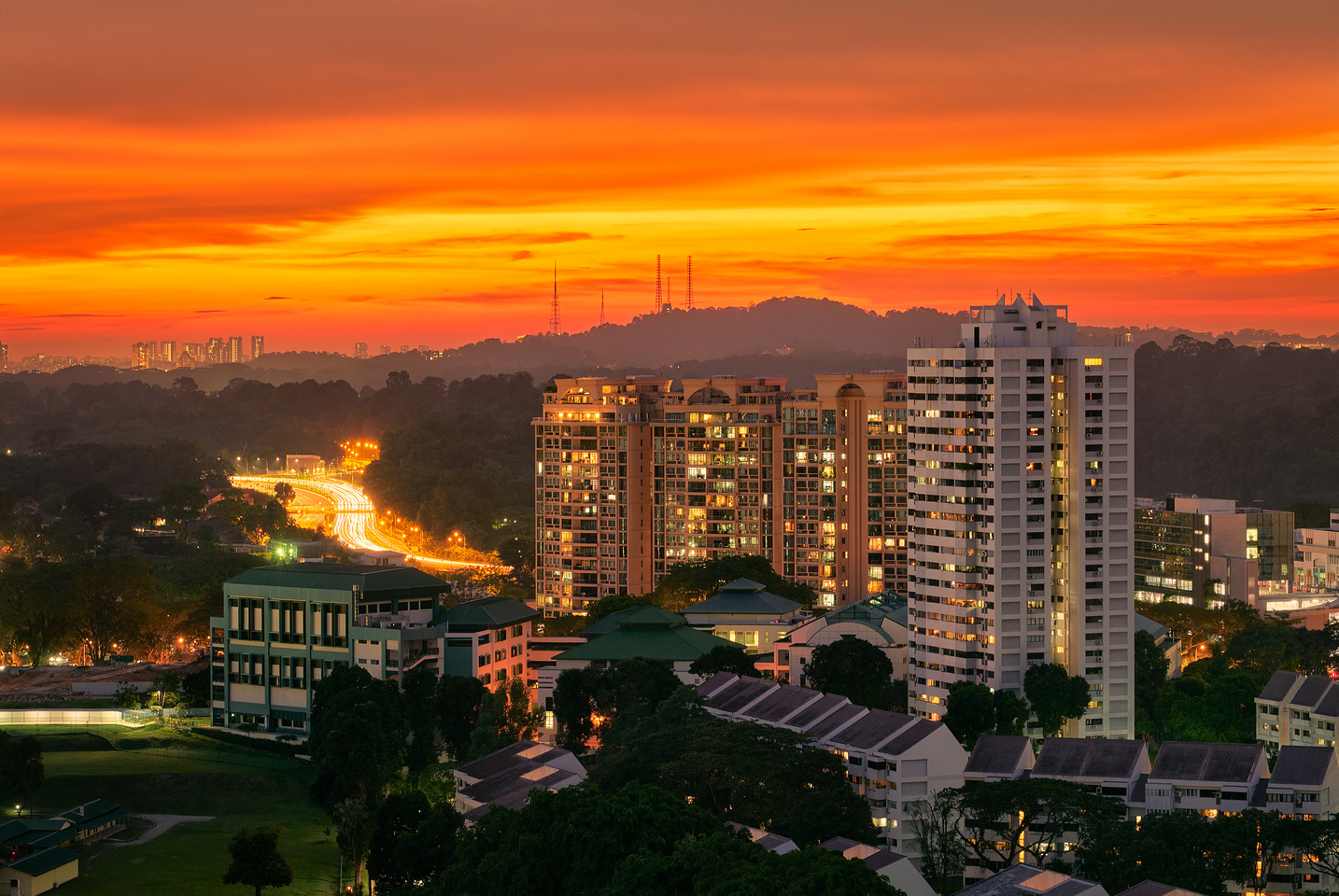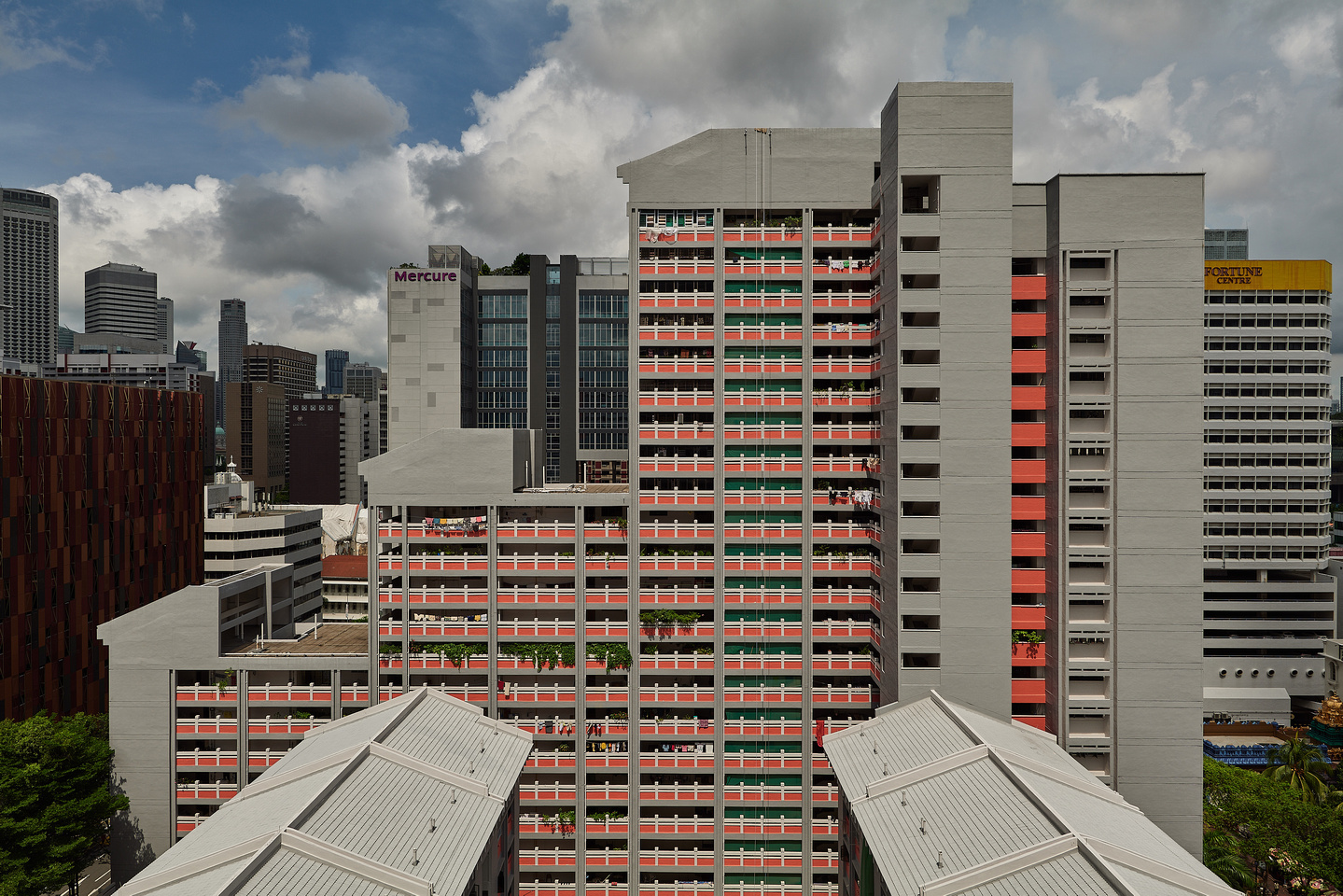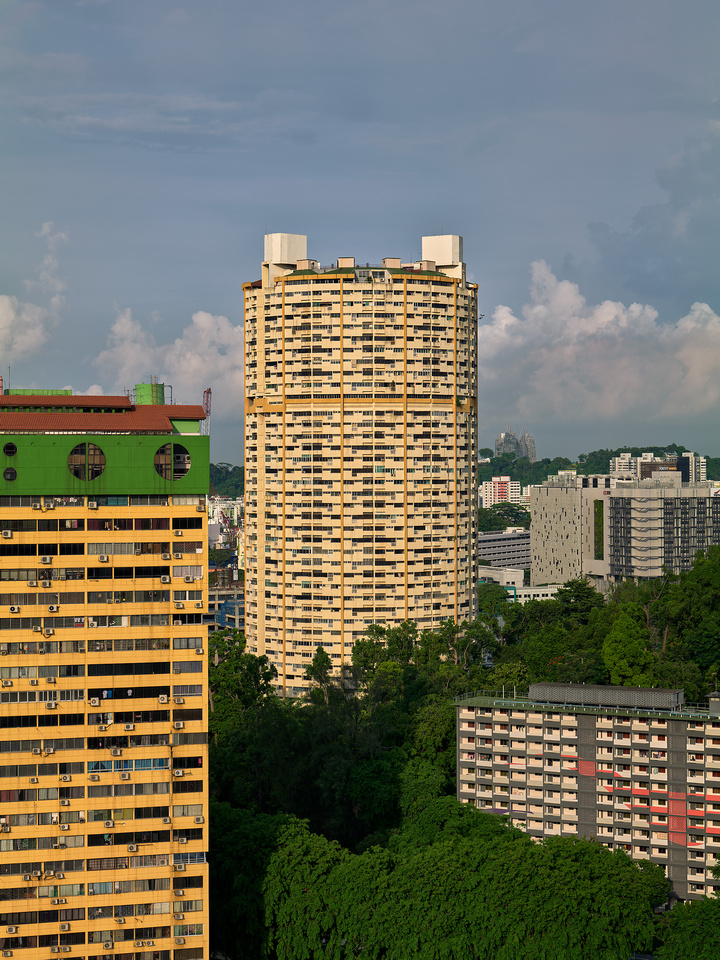The mirrorless camera market is heating up since longtime rivals and veteran camera manufacturers Canon and Nikon entered the market in 2018 with their full-frame Z-series and EOS R respectively, so it came as quite a surprise that Panasonic also wanted a piece of the pie in this now very competitive a
 nd saturated market segment. Panasonic isn't playing around either, launching three very specific bodies that seem to compete directly with Sony's product strategy - the general-purpose S1, high-resolution S1R and video-centric S1H.
nd saturated market segment. Panasonic isn't playing around either, launching three very specific bodies that seem to compete directly with Sony's product strategy - the general-purpose S1, high-resolution S1R and video-centric S1H.

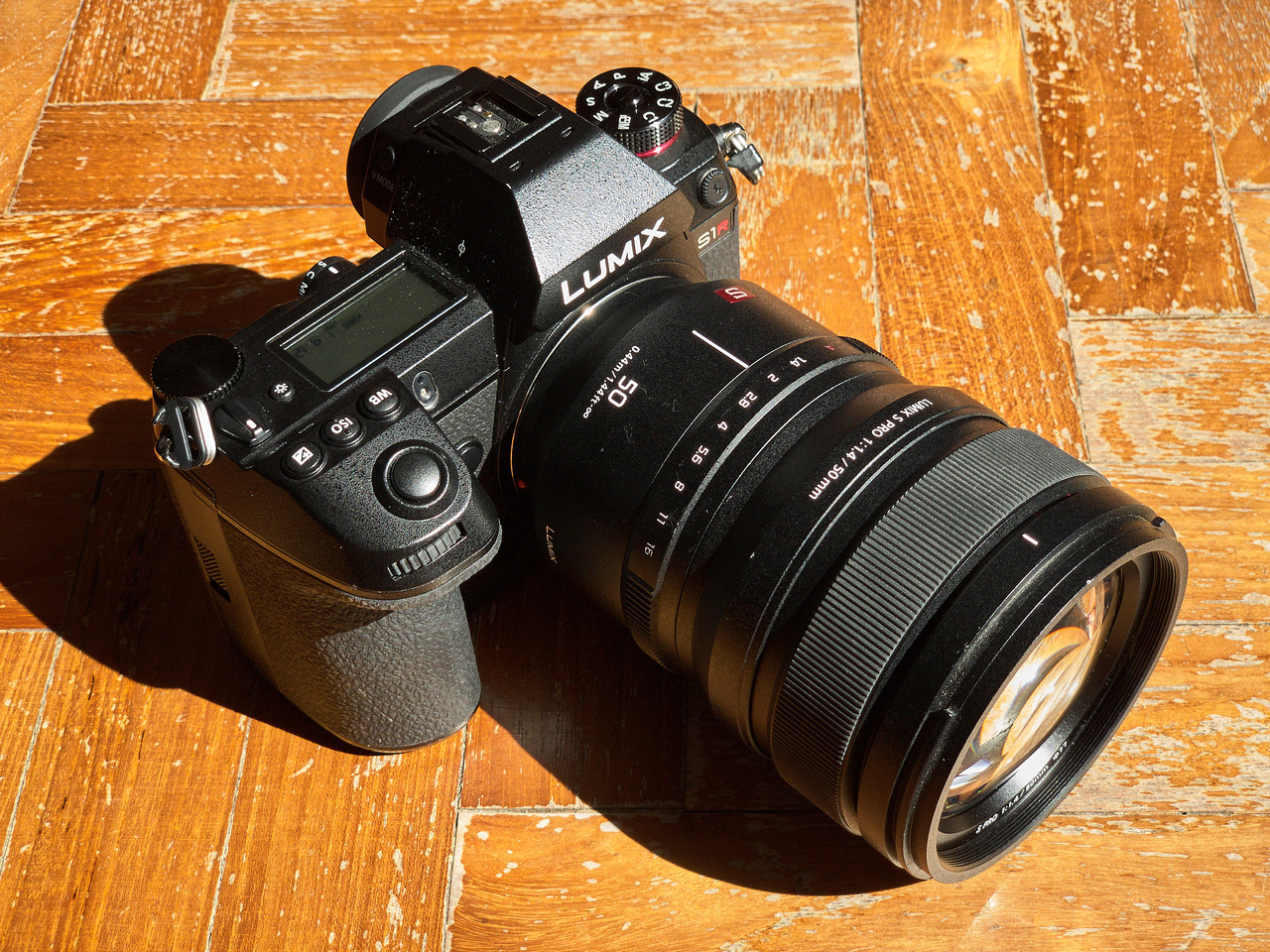

With more lenses to come by 2020, The Panasonic S-series Lumix mirrorless cameras is shaping up to be a tough competitor in the professional mirrorless scene. At present, the camera has only 3 new Panasonic-developed lenses to choose from, but Panasonic made the wise choice of opting to adopt the already-established L-mount for their new mirrorless series, allowing users to choose from an existing selection of Leica and Sigma lenses in the newly-established L-mount alliance.

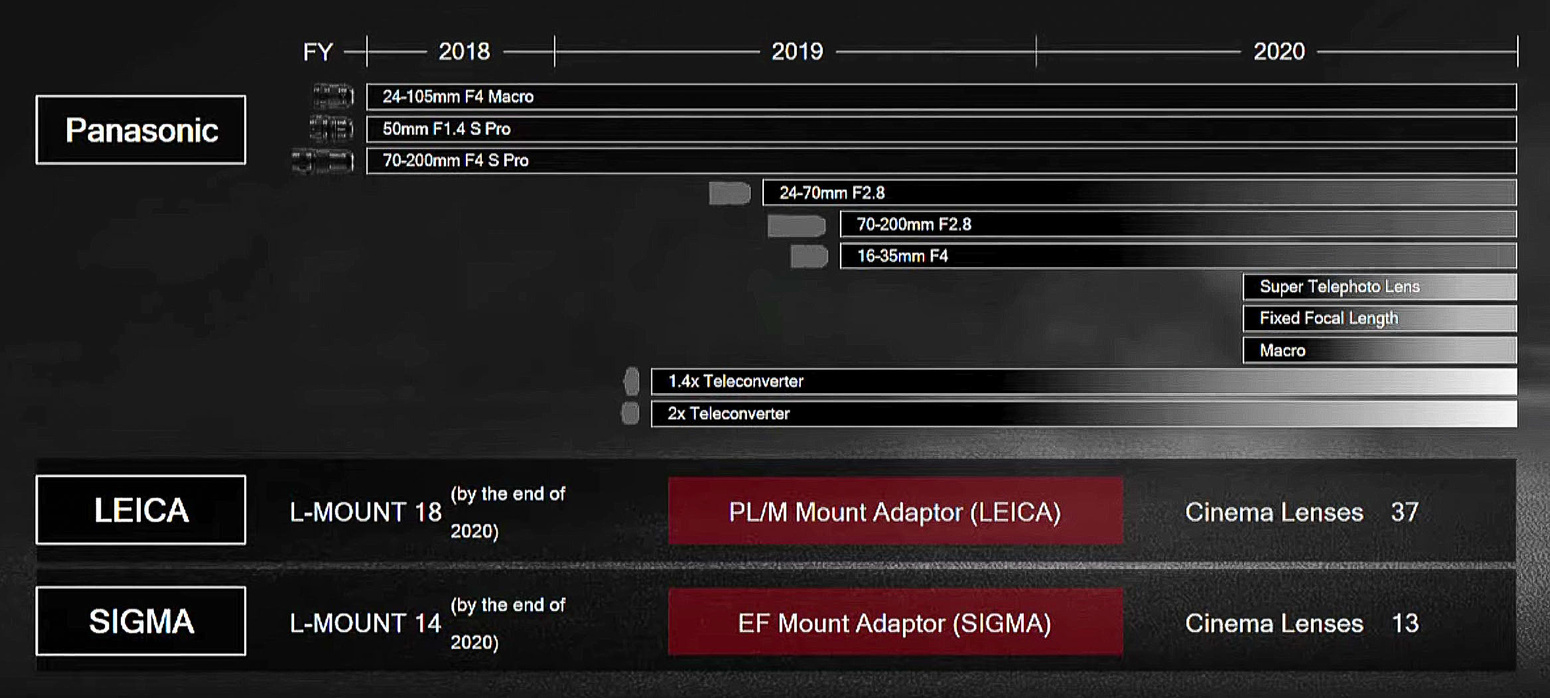
Panasonic Lumix S-Series Roadmap
Thanks to Clubsnap and PhotosphereSG, they arranged for me to get a loaner S1R set courtesy of Panasonic Singapore for the purpose of this review. As usual, I'm not promised any kickbacks nor sponsorships, so I'll be as objective as I can for the review.
I was also loaned a Lumix 24-105mm f/4 'kit' lens and an S-Pro 50mm 1.4 prime lens to play around as well, granting me a very capable and all-rounded Panasonic kit that should fit a variety of shooting scenarios. Being an urban landscape photographer, I do wish that they'd release the 16-35mm earlier, but at least that lens is projected to launch in 2019.

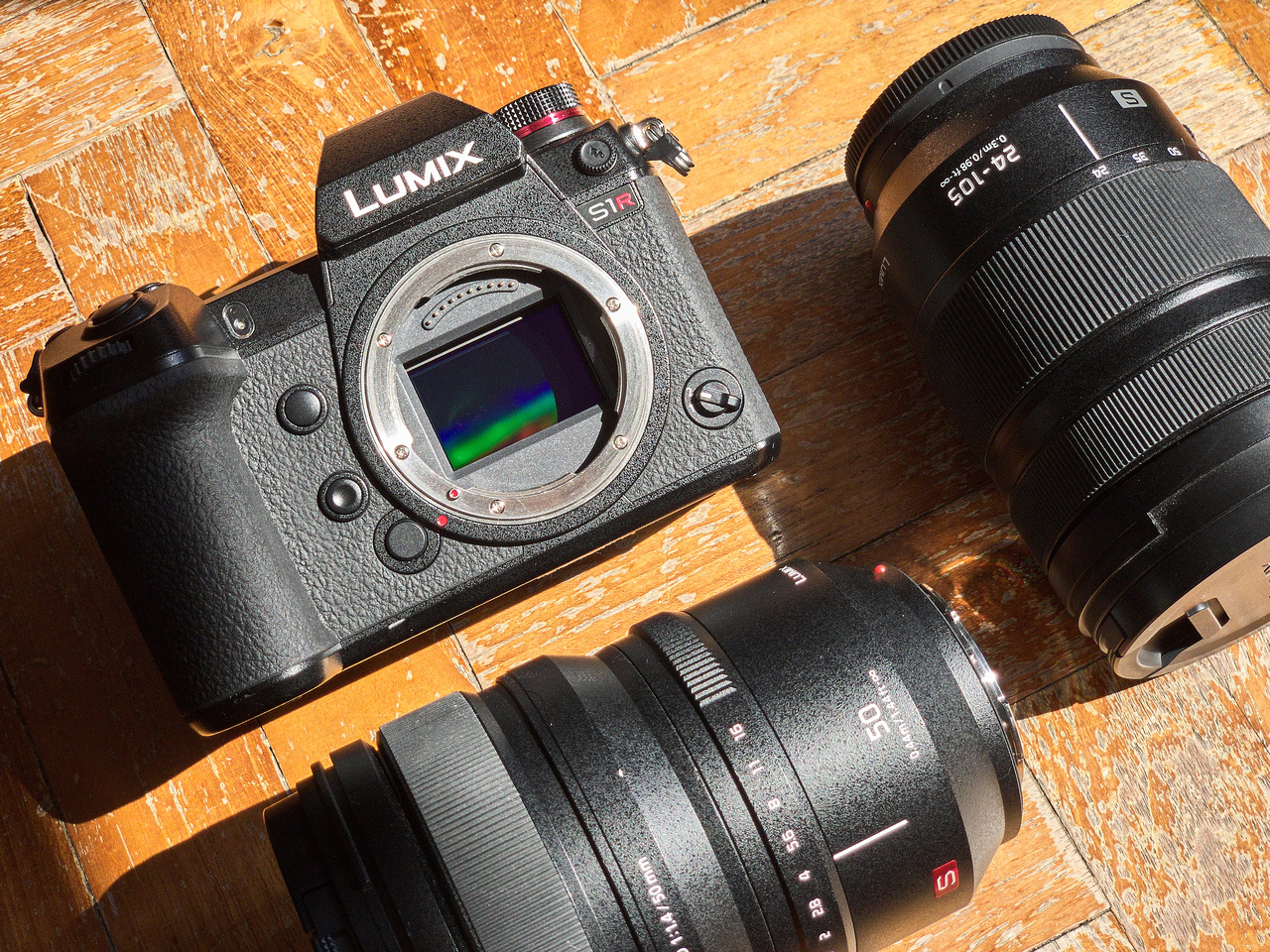
Panasonic S1R with Lumix S-Pro 50mm and 24-105mm general zoom lens

With more lenses to come by 2020, The Panasonic S-series Lumix mirrorless cameras is shaping up to be a tough competitor in the professional mirrorless scene. At present, the camera has only 3 new Panasonic-developed lenses to choose from, but Panasonic made the wise choice of opting to adopt the already-established L-mount for their new mirrorless series, allowing users to choose from an existing selection of Leica and Sigma lenses in the newly-established L-mount alliance.

Panasonic Lumix S-Series Roadmap
I was also loaned a Lumix 24-105mm f/4 'kit' lens and an S-Pro 50mm 1.4 prime lens to play around as well, granting me a very capable and all-rounded Panasonic kit that should fit a variety of shooting scenarios. Being an urban landscape photographer, I do wish that they'd release the 16-35mm earlier, but at least that lens is projected to launch in 2019.

Panasonic S1R with Lumix S-Pro 50mm and 24-105mm general zoom lens





